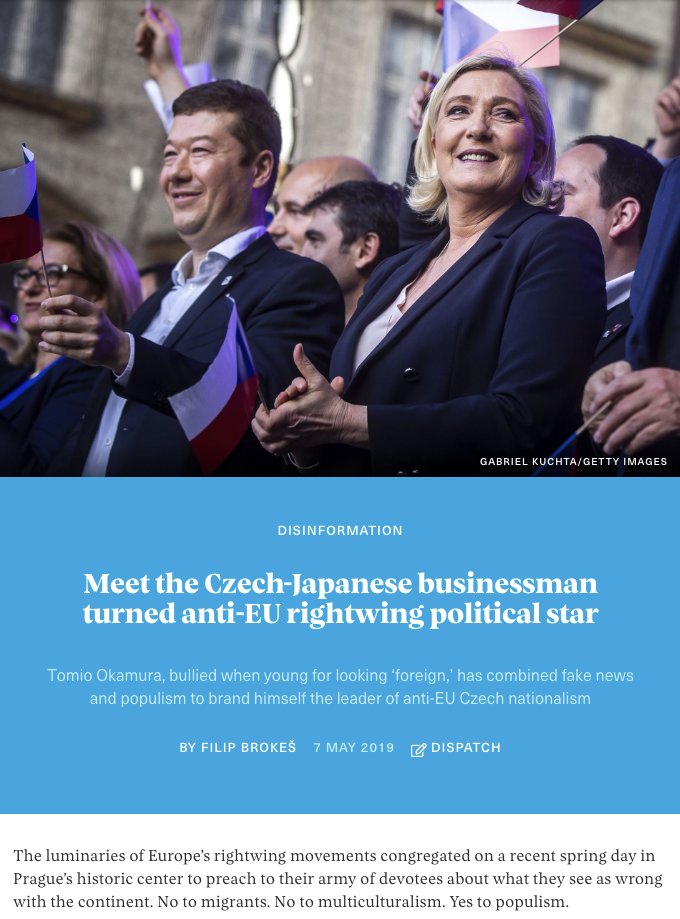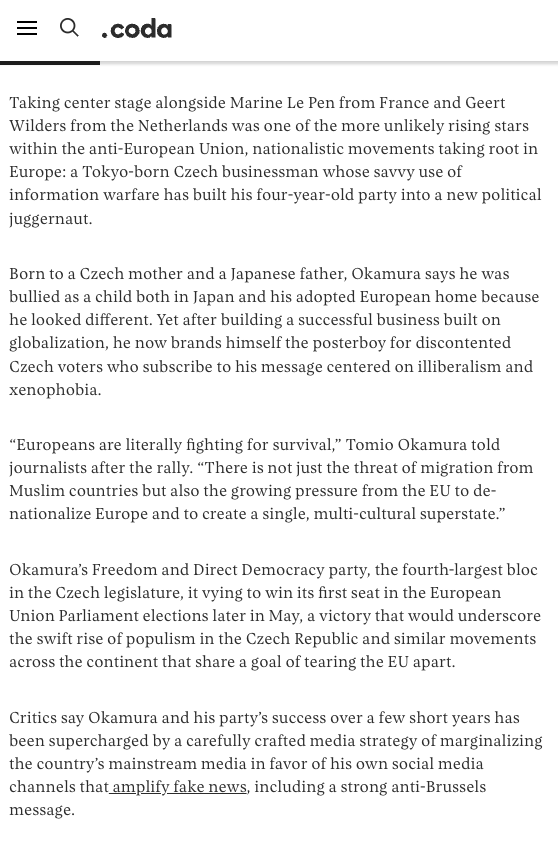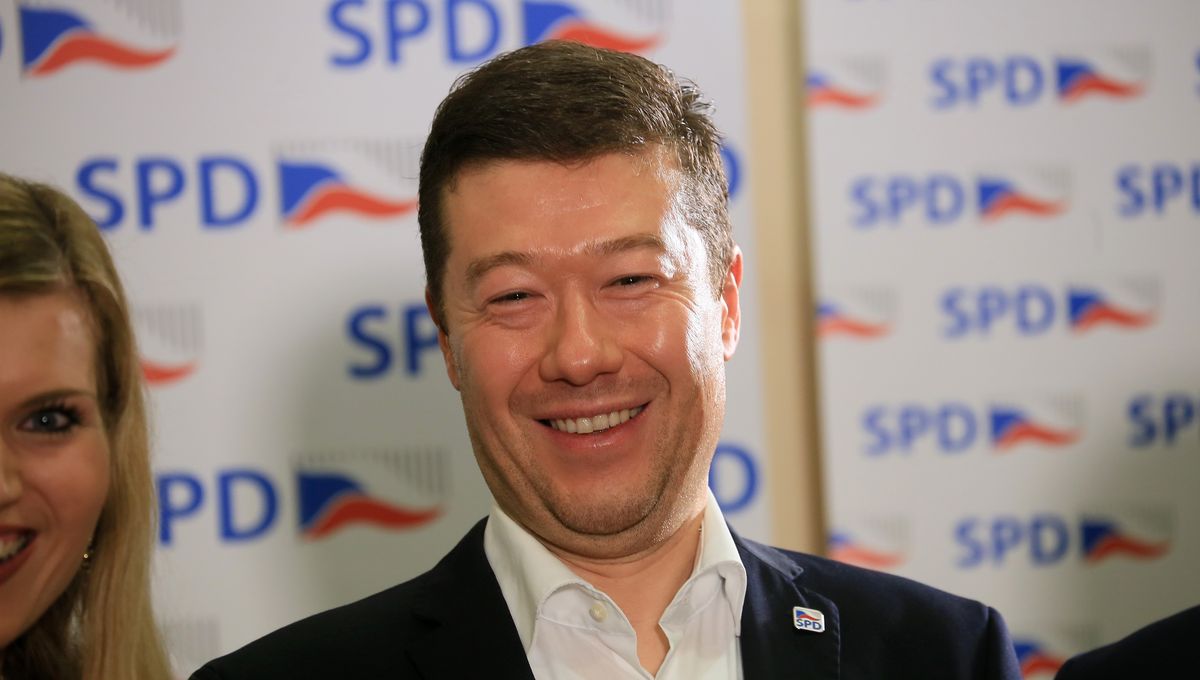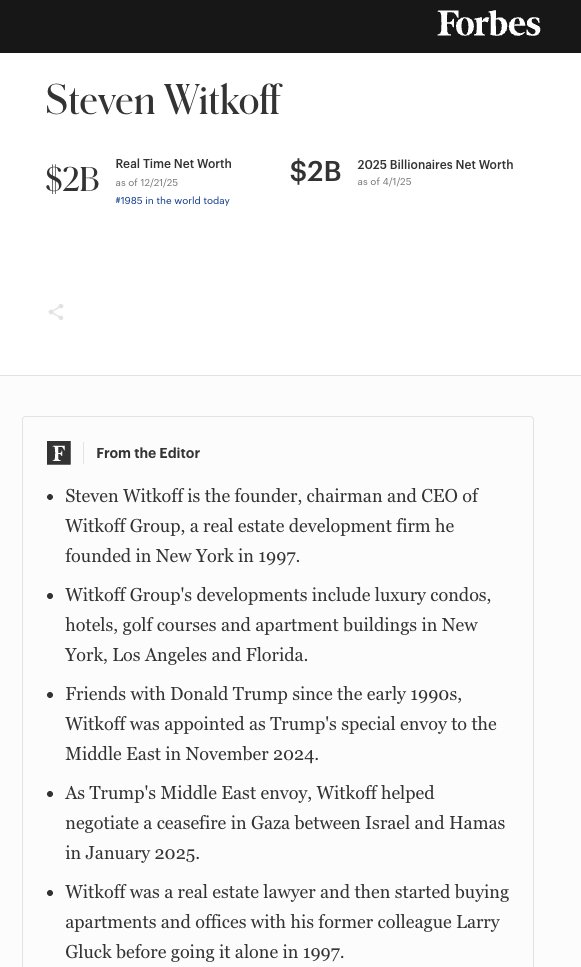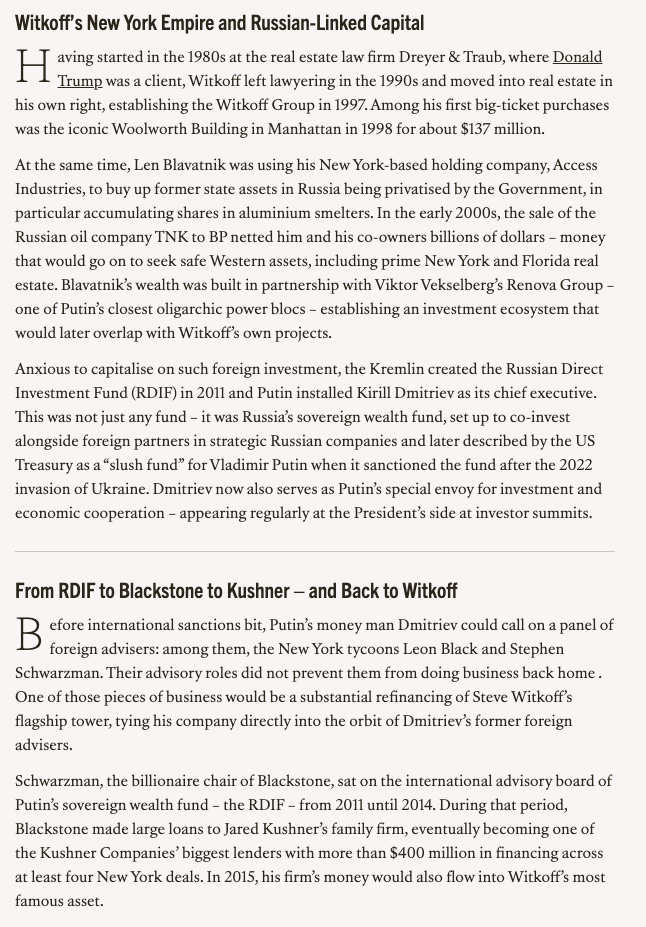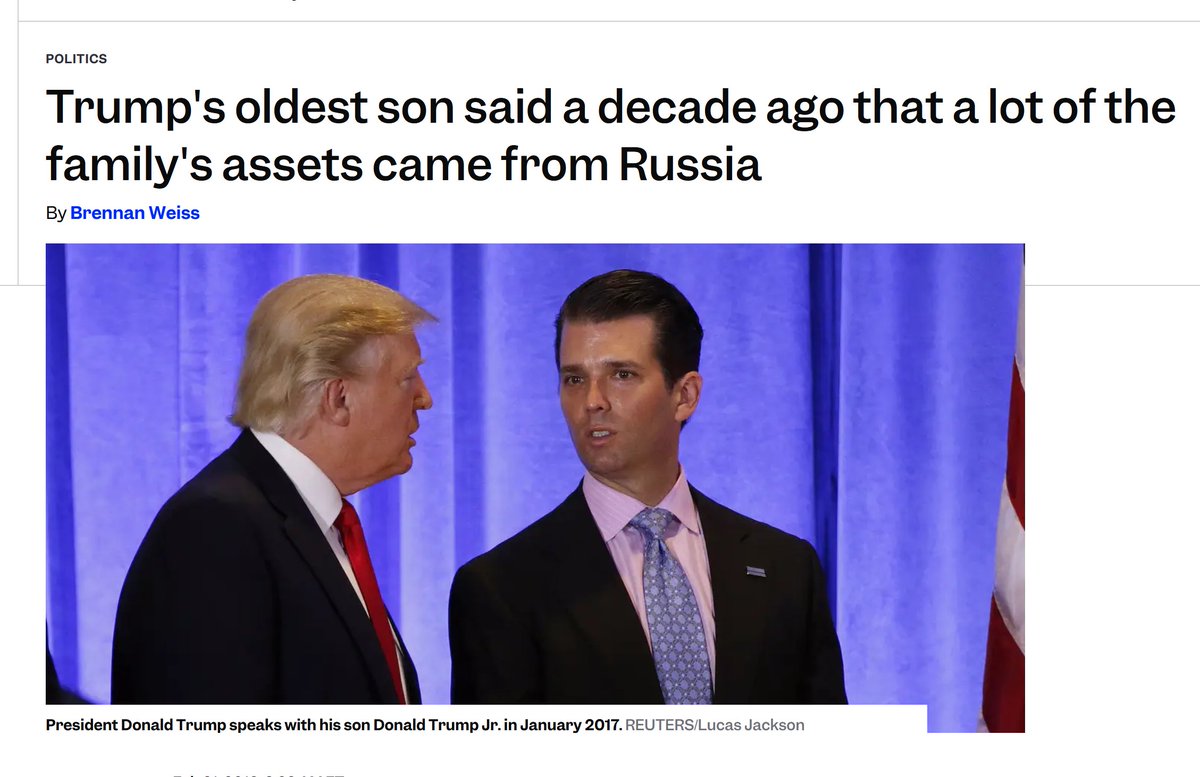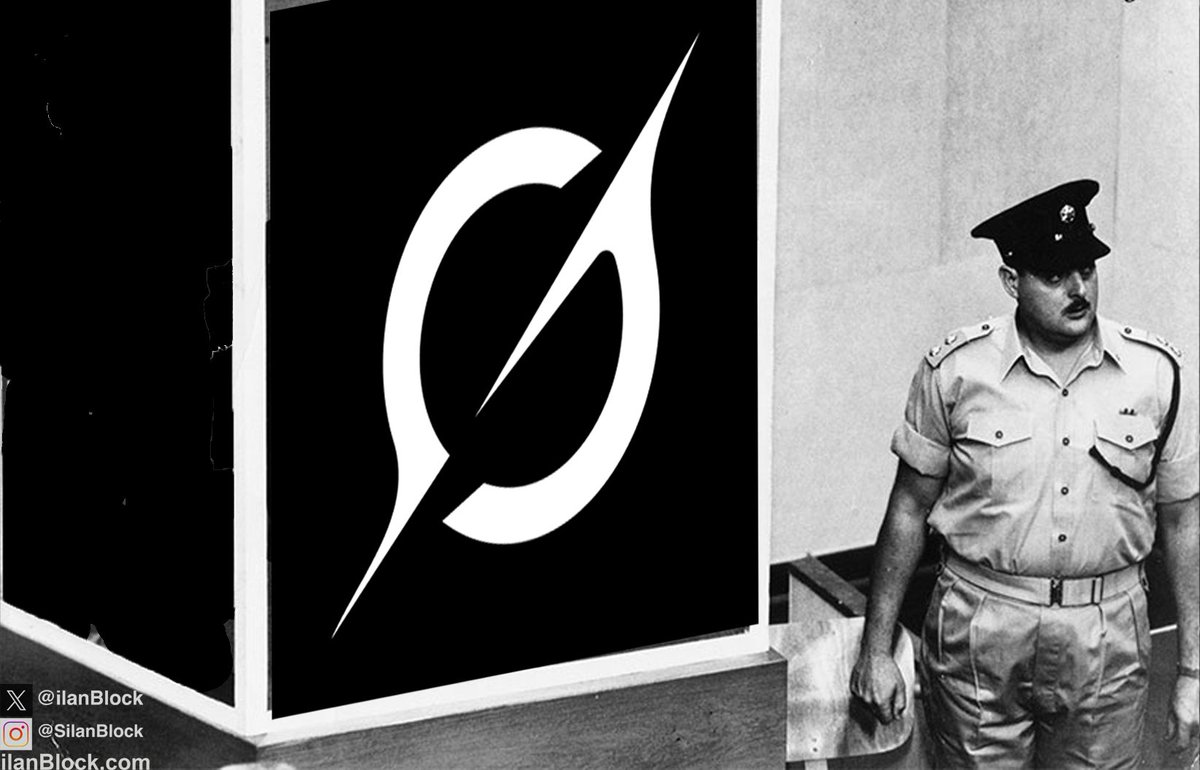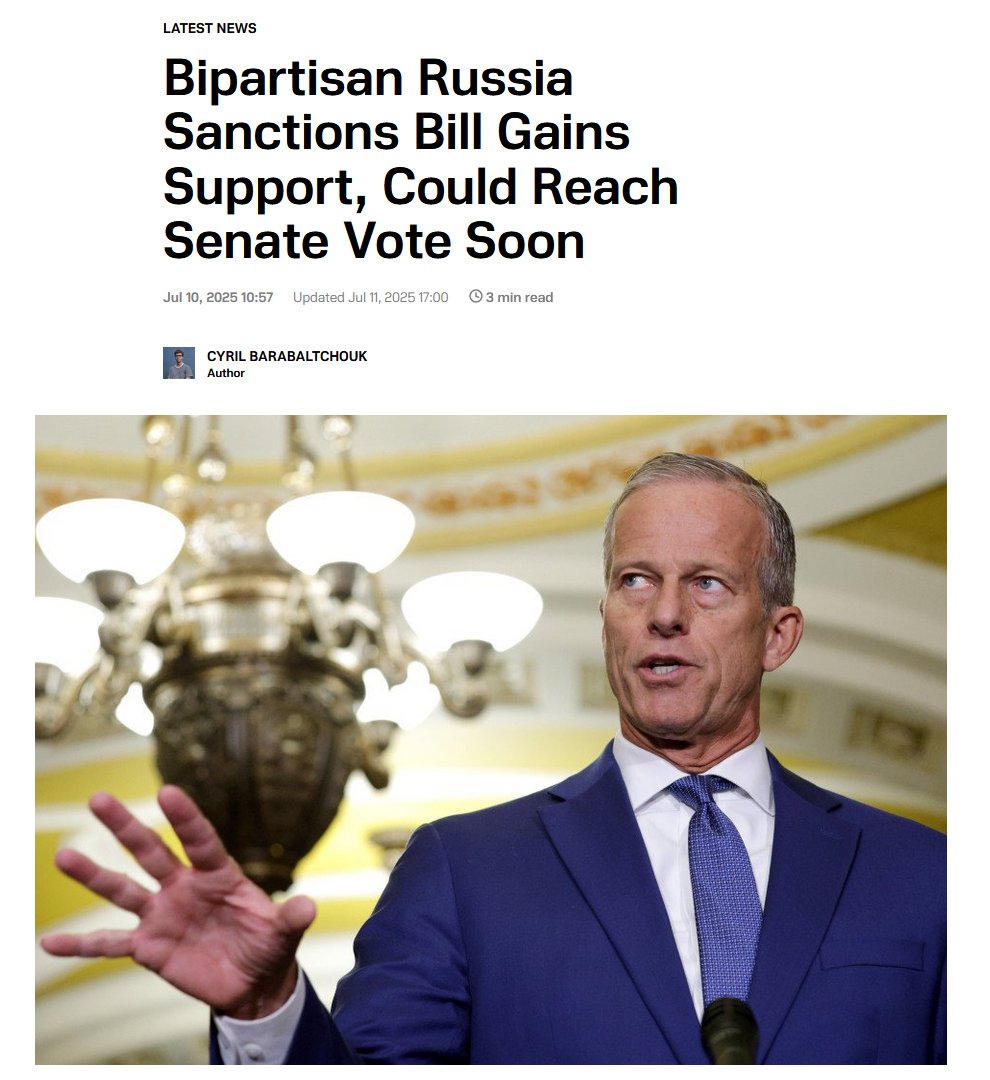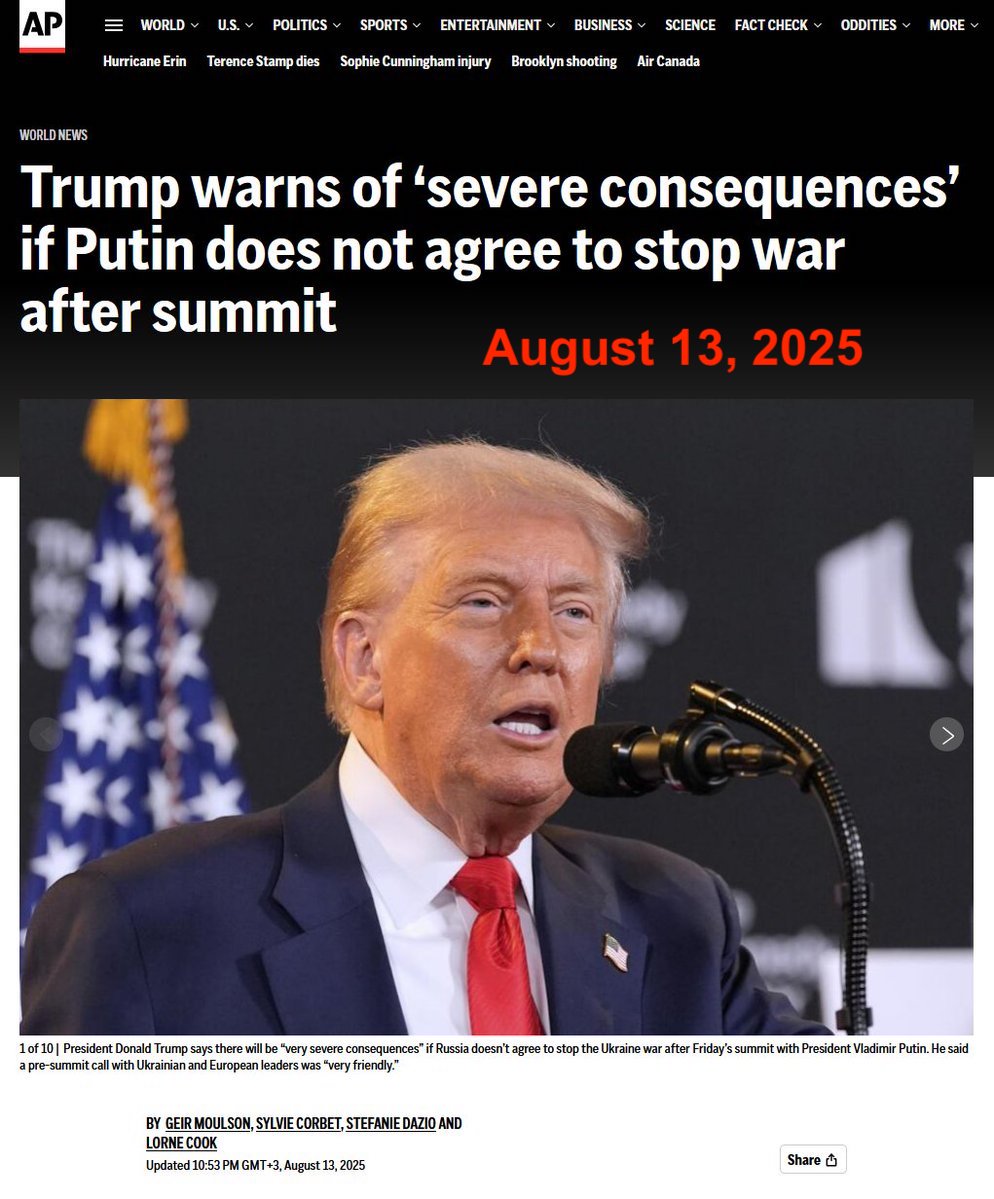In today’s Vatnik Soup, I talk about populism. Populism includes a range of political stances with the focus on the idea of the “common people” in opposition to the “elites”. In recent decades, populism has been on the rise around the world,and especially in the US & Europe.
1/25
1/25

At its core, populism pits “the people” against “the elites.” It’s a political approach that claims to represent the common folk, often oversimplifying complex issues and tapping into frustrations. Populism can be left-wing, right-wing, or somewhere in between.
2/25
2/25

In the US and Canada during the 19th and early 20th century, populist sentiments often came from the small independent farmers, “the people”, who were opposing the bankers and politicians, or “the elites”. The People’s Party in the US was considered…
3/25
3/25

…to be “one of the defining populist movements,” and they often rallied around socialist issues, such as nationalization of railroads, stronger unions, referendums, and so on. Another popular movement was Share Our Wealth, demanding a re-distribution of wealth in the US.
4/25
4/25

The 2010s were the golden age of populism: Trump’s MAGA and “America First”, Brexit’s “Take Back Control”, Lula’s "working class" populism, Modi’s appeal to Hindu nationalism, and Orbán’s “illiberal democracy” are at the heart of modern populism.
5/25



5/25




The 2008 financial crisis can be considered the starting point of this era, as it wrecked trust in institutions and governments, who were mostly focusing on bailing out the banks. Economic inequality created fertile ground for anti-elite rhetoric. The crisis created two…
6/25

6/25


…anti-establishment movements in the US: the Occupy movement & the Tea Party movement. The former protested against the super-rich & was mostly non-partisan, whereas the latter was built around the Republican Party and was made popular by Rand Paul:
7/25


7/25
https://x.com/P_Kallioniemi/status/1752636990921621687


But it took a few more years before populism became the opium for the masses. To gain power, populists harnessed one of the most powerful political tools in the world: social media. Since “the people” were active on social media platforms like Facebook…
8/25
8/25

…populist spin doctors saw a massive opportunity in it. Algorithms boosted polarizing content, helping them bypass traditional media gatekeepers. Memes, outrage, and viral soundbites became powerful political tools. Quickly, populism became a social media-era phenomenon.
9/25

9/25


In 2016, the US presidential elections were mostly characterized by populism and anti-establishment rhetoric. Both Bernie Sanders and Donald Trump actually agreed on many issues, including trade deals. Both were also claiming to speak “for the people”.
10/25
10/25

Donald Trump’s rise to power is a textbook example of modern populism in action. He positioned himself as a political outsider, tapping into the anger and disillusionment of voters who felt left behind by globalization and ignored by traditional politicians.
11/25
11/25

Trump’s “America First” agenda spoke to those who believed global trade deals and immigration policies were hurting American workers. His rhetoric about “bad deals” and “open borders” resonated deeply with those who saw themselves as victims of these trends.
12/25

12/25


He weaponized social media like no other politician before him. By bypassing mainstream media and communicating directly with supporters on platforms like Twitter, Trump spread his message unfiltered, often using inflammatory language to dominate news cycles.
13/25

13/25


His campaign drew on cultural anxieties, framing issues like immigration in ways that heightened divisions and appealed to nationalistic sentiments. His slogan, “Make America Great Again” implied that the country’s greatness had been stolen by the corrupt elites.
14/25
14/25

And nobody does populism better than Trump. A draft-dodger who was born to wealth and inherited over 400 million USD from his father has been able to position himself as the representative of “regular folk”, framing all of his opponents as part of the “global elites”.
15/25

15/25


But later, Trump’s populism turned into something completely different – a cult. Today, many Trump supporters consider him to be a God-like being whose main mission is still to “drain the swamp” and “Make America Great Again”. This cult doesn’t seem to mind that…
16/25


16/25



…the president has surrounded himself with the wealthiest people in the world, and his tax proposal focuses on making himself and these people even more rich. At the same time, he’s imposing massive tariffs that will end up hurting the US lower and middle classes.
17/25
17/25

Populists thrive on anti-elitism but often become the elite. For example, Trump promised to fight “the swamp” yet filled his administration with insiders. Viktor Orbán decries corruption yet consolidates wealth among loyalists and family members:
18/25

18/25
https://x.com/panyiszabolcs/status/1885732342574236035

Today, populism is a political movement that thrives by telling simple, emotionally compelling stories appealing to a shared - often nationalistic or tribal - identity, while scapegoating minorities, immigrants, or global institutions as the root of all societal problems.
19/25
19/25

Populism can sometimes address legitimate grievances, but it tends to oversimplify complex issues and erode trust in institutions. Populist leaders often undermine democracy by concentrating power, dismissing experts, and framing themselves as the sole voice of the people.
20/25
20/25
Why does populism work so well right now? Social media supercharges populist rhetoric by making it easy to spread narratives quickly and cost-effectively across societies. With rising energy prices and inflation, populists offer quick solutions to complex global problems.
21/25


21/25



In Europe, right-wing populism peaked around 2014, with Le Pen, Salvini, and Wilders as the populist superstars. Their parties gained significant seats in the European Parliament. Today, we see a similar trend in Germany (AfD), Romania (Georgescu), and the UK (Reform).
22/25



22/25




Putin also exhibits certain populist traits, but labeling him purely as a populist oversimplifies his leadership style & strategy. Even though Putin’s leadership is more accurately described as a blend of authoritarianism & nationalism,he has also used “strategic populism”.
23/25
23/25

For example, he promotes himself as the protector of Russia’s sovereignty and traditions. He often unifies the Russian citizens with (false) historical narratives. He also positions himself as an “anti-elitist” fighting against “Western elites and globalists”.
24/25
24/25

To conclude, populism is a political idea that pits “the people” against “the elites”. Ironically, those who resort to populism often come from positions of power: media moguls, wealthy businessmen, and South African oligarchs who use populism to their advantage.
25/25
25/25

You can now pre-order the 2nd edition of my book! This updated version, featuring pre-order extras, will be released on 15th of February 2025.
Pre-order your copy here:
kleart.eu/webshop/p/vatn…
Pre-order your copy here:
kleart.eu/webshop/p/vatn…
• • •
Missing some Tweet in this thread? You can try to
force a refresh






